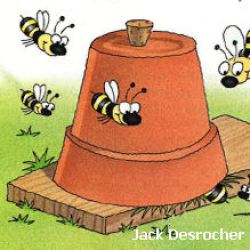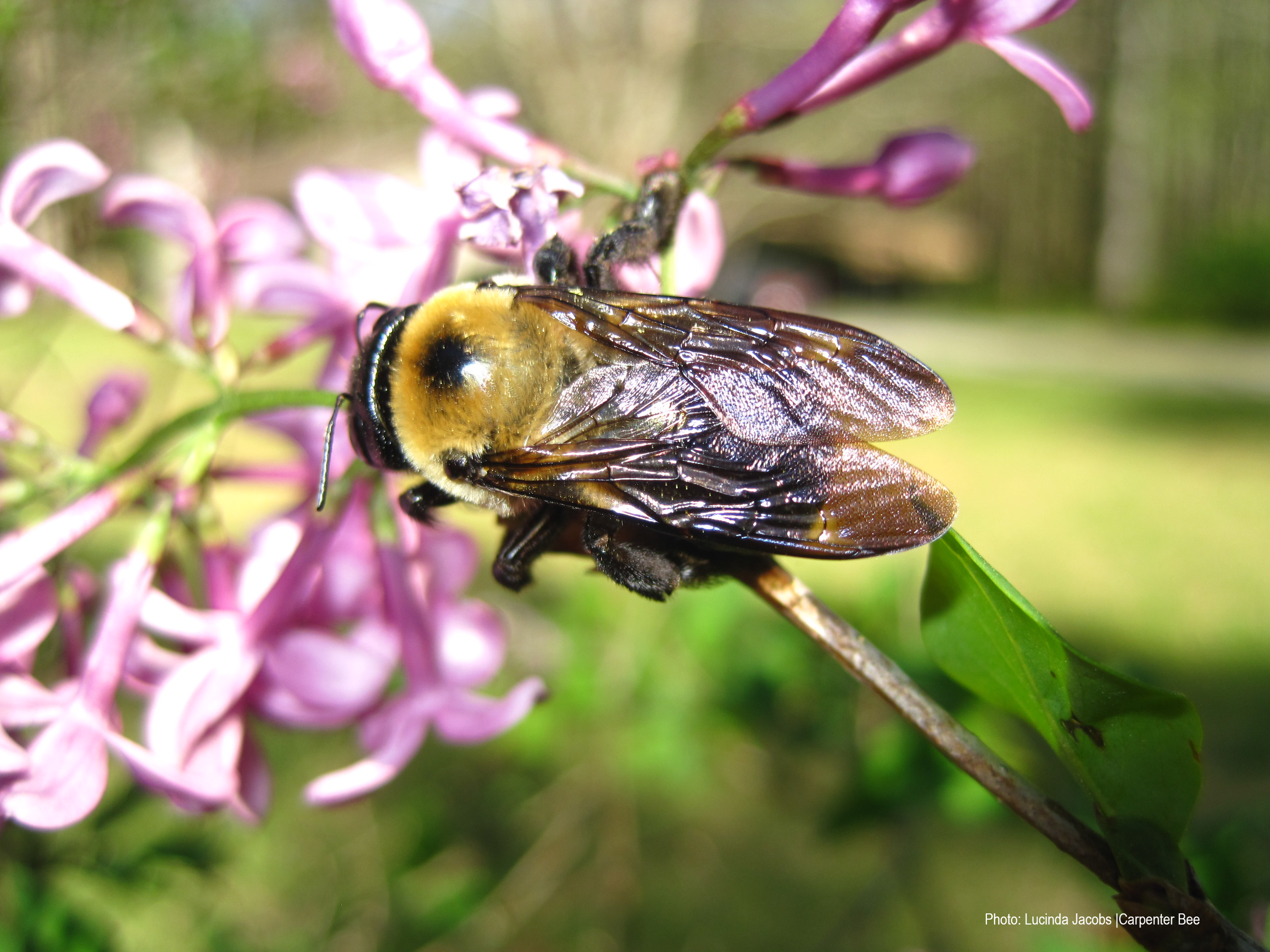Did you know there are at least 4,000 different species (kinds) of native bees in North America? Native bees are good to have around. We can help native bees by providing shelter for them.
Let’s Get Started
Attracting bees might sound like a crazy idea. However, native bees are gentle creatures. They’re much less likely to sting than honey bees because they don’t have a hive to defend
Good Job!
Good Job!
How can you tell a honey bee from a native bee? Find out What’s the Buzz and learn the key differences between native bees and honey bees. Most native bees are solitary and do not live in hives. Instead, they either build their own nests, rely on nests or holes made by other creatures, or burrow in holes in trees or stems. You can mimic their nest style and make a home for them.
Good Job!
Good Job!
Bees are important pollinators. Without bees to pollinate them, many flowers couldn’t make seeds or fruit. The warmer seasons–spring and summer are the busiest time for bees to be out and about. Depending on the type of bee, they may hibernate or die off in winter after having laid their eggs in the fall.
Awesome!
Awesome!
You can build homes for native bees. Learn to build a Bumblebee Abode below.
Bumblebee Abode:
- Find a dry, shady plot of ground in your yard. Lay a board on the ground.
- Lay 2-3 inches of nesting material on top of it.
- Put a flowerpot upside down over the nesting material. The edge of the pot should extend past the edge of the board, so there is space for bees to come and go.
- Plug up the pot’s drain hole with the cork.
For more cool bee home designs, check out Ranger Rick®
Safety Note: Always observe wildlife from a safe distance. Never disturb animal habitats or remove animals from their habitat. And if you or anyone in your family is allergic to bees, skip creating a habitat to attract them.
Document Your Discoveries

- Draw or describe your bee home in your Nature Notebook.
- What kind of bees did you see
Bonus: Show us your bee home drawings and photos on social media by using the hashtag #GreenHour.
Join this year’s Great American Campout—right in your yard or another nearby place!


